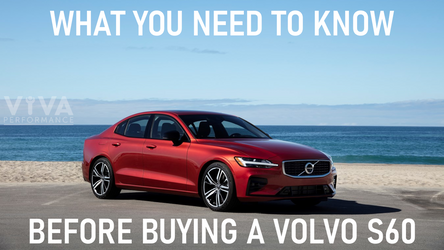What You Need To Know Before Buying A Volvo S60
Posted by Max Rundlett on 4th Jun 2021
If you’re in the market for a Volvo S60, you’ve come to the right place. Below is the most cost-effective way to go about buying a Volvo S60, as you’ll know all the problem areas before you buy. Whether you’re trying to find an early model P2 or brand new SPA chassis, everything you need to know before buying a Volvo S60 is down below.
What To Look Out For When Buying A Volvo S60
We’ll run this list from newest to oldest, starting with the brand new MY2019+ Volvo S60 based on the SPA chassis, all the way to the P2 S60.
2019 – Present Volvo S60

At the time this article is being written, 2021, the brand-new Volvo S60 based on Volvo’s Scalable Platform Architecture (SPA) is absolutely gorgeous. Have you seen it?! The Thor-hammer headlights create an elegant yet aggressive demeanor about the car. But I digress. This is a buyer’s guide, not a review.
As manufacturers move towards smaller, more fuel-efficient engines, the power demands from consumers inevitably put excess stress on the internals. When the redesigned XC90 was released in 2016 with the new VEA engine, many consumers were reporting significant oil consumption before 100,000 miles. Not quite the reliability that Volvo has been previously known for. These issues were supposedly fixed with new piston rings in the MY2018 and newer models, so theoretically the new S60s should be all set. However, if you do purchase a newer T5, T6, or even T8, be sure to be aware of this issue so that if it happens within warranty, you can bring it to the dealer’s attention and dodge a few thousand in repair bills.
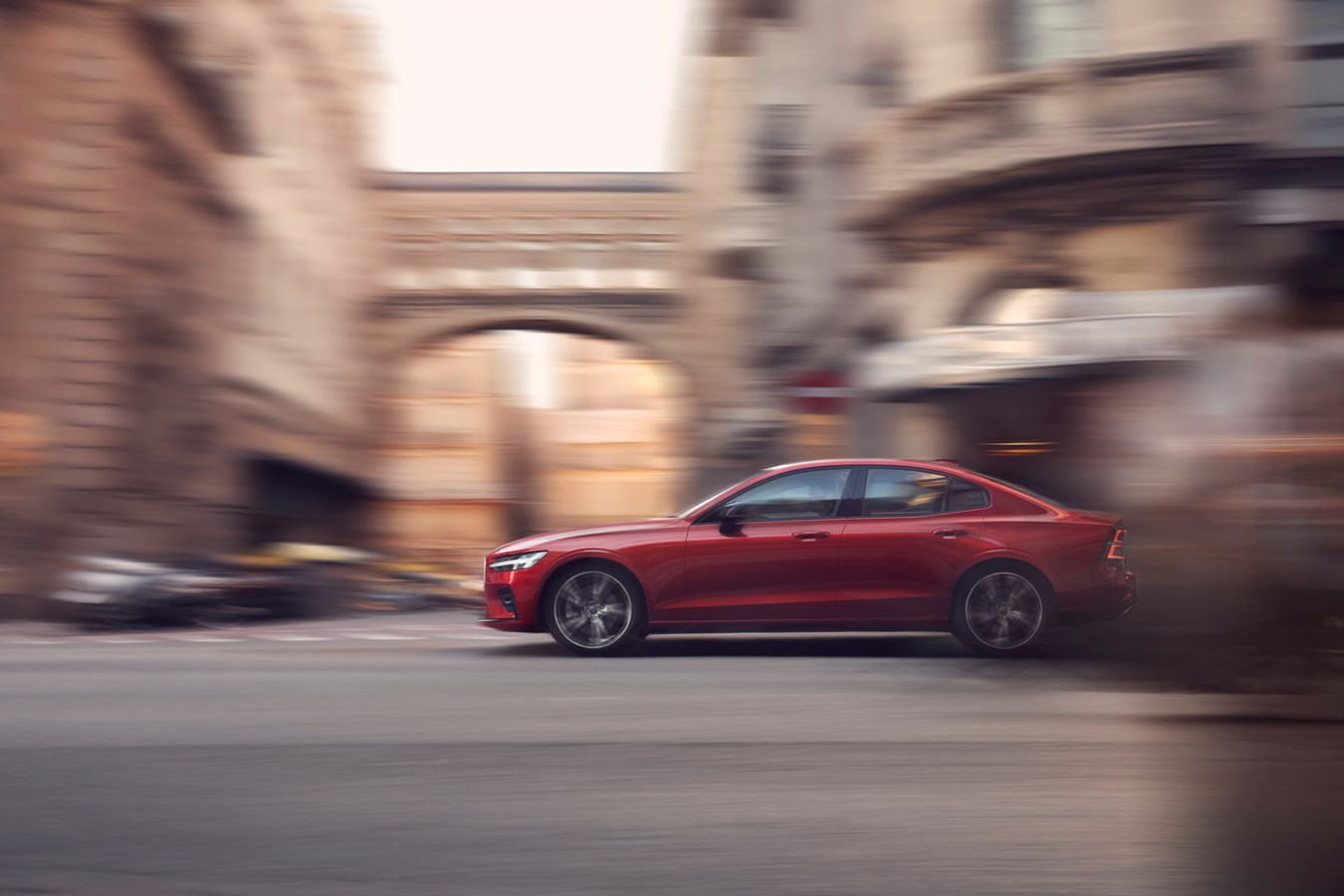
The SPA chassis Volvos are also known to go through both brake pads and tires relatively quickly if you are comparing them to the older chassis. To be fair, this is the heaviest S60 Volvo has ever produced and in terms of tire life, Volvo recommends never rotating the tires for comfort. So, it makes sense that these two wear items wear a bit faster than normal.
2011-2018 Volvo S60
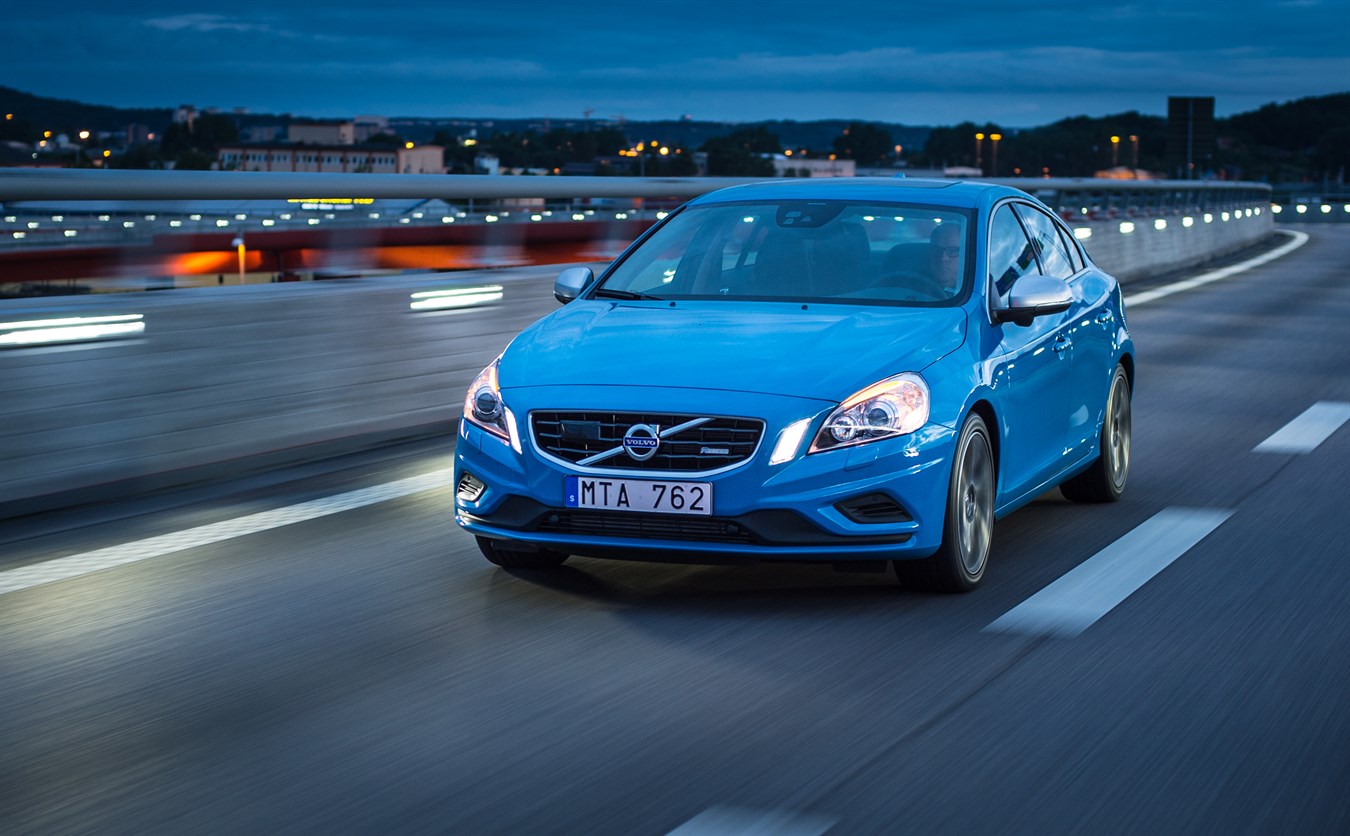
The P3 Volvo S60s shared a Ford chassis which hasn’t aged particularly well in four season climates. That’s not to say they don’t hold up, they just didn’t get the same kind of rugged resilience that P2s flaunted. If you want to read about the 5 Things To Look Out For When Buying A Used P3 Volvo, be sure to click the link to that blog post for an in-depth look at issues to be aware of when purchasing a P3.
The longevity of P3’s shouldn’t be something to be worried about as a consumer, it is just something that as a past technician I have noticed. With painted steel subframes and associated suspension components, rust is a minor issue that mechanics deal with when replacing parts. So, if you do your own work, you may want to also invest in a 36oz hammer. In the article, I also point out rust formation on the fender. Leaves and sludge often gets stuck behind the fender liner leading to degradation of the surrounding metal.
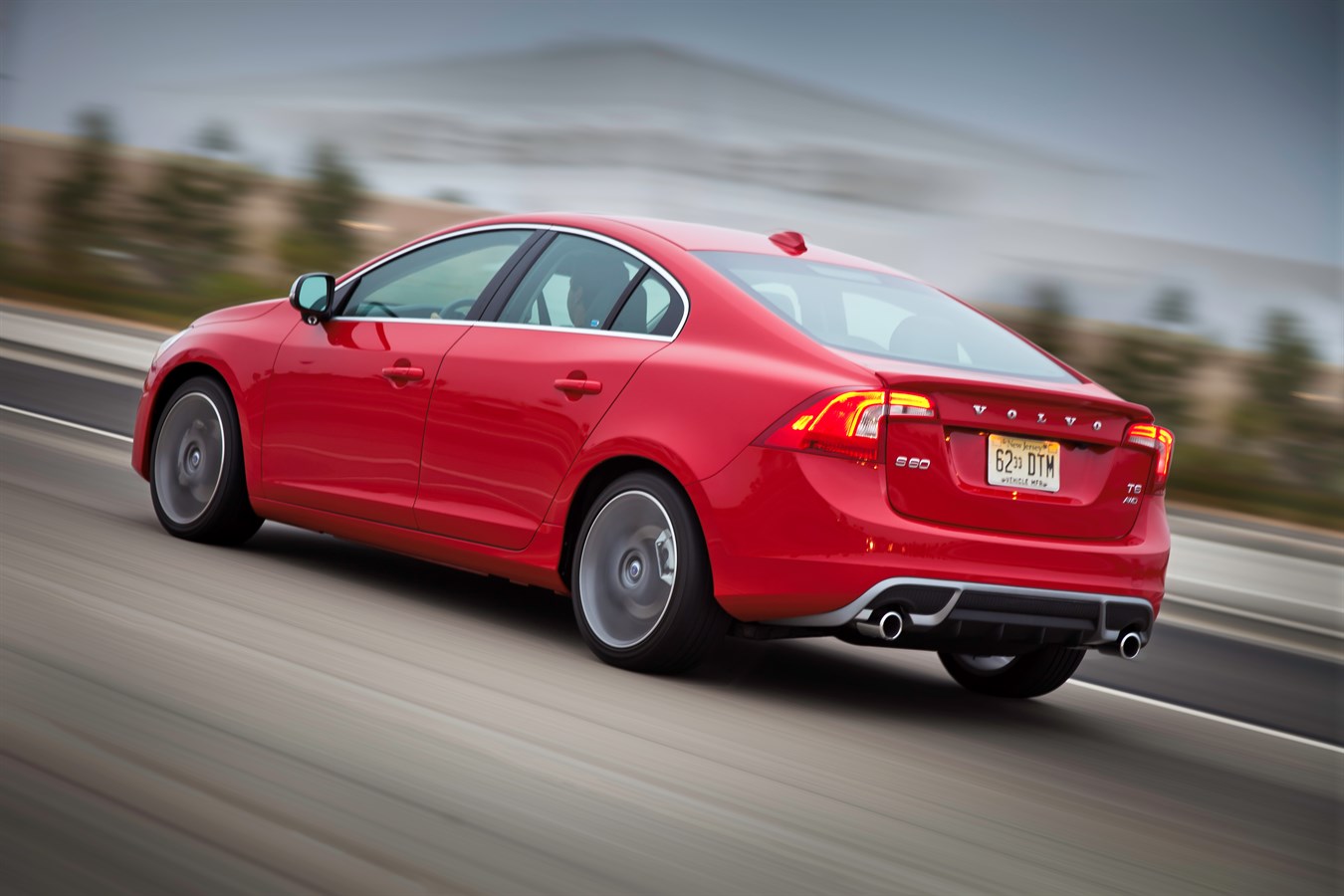
When taking a P3 S60 for a test drive, you should be aware that the trailing arm bushings tend to go bad. When going over imperfections and bumps in the road or parking lot, listen for a squeak coming from the rear corners near the wheel. These bushings are straightforward for a Volvo mechanic to fix, but they are part of the rear knuckle which has all other suspension components attached to it, so it is a labor-intensive job.
Lastly, some early P3 S60s with the T5 engines (and a few T6, but not as many) had oil consumption issues. It’s something to look out for, as I’ve seen even the “revised” engines (‘13+) have problems.
2001-2009 Volvo S60
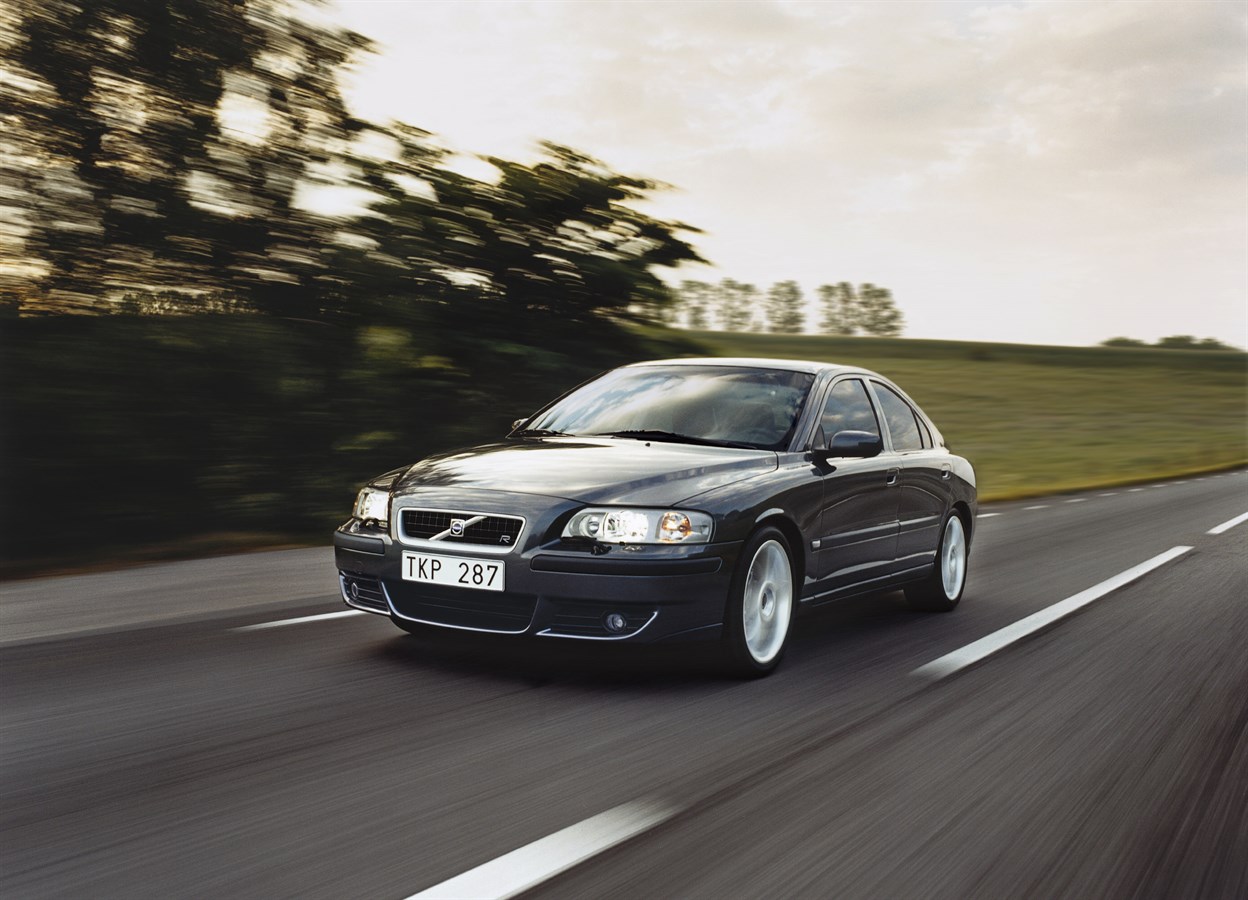
The P2 S60, in my opinion, is the holy grail of used cars. Need a reliable commuter? Something to put your kid in for a safe, first car? Want to roll up in subtle yet luxurious style? If you answered yes to any of those questions, the P2 S60 is for you. Just know, there are a few things that you should be aware of before buying one.
The old white block 5-cylinder engines were nearly perfect, but if left unmaintained, they can be a headache. When purchasing a used P2 S60, it is advised that you check the PCV system for proper function. It would also be wise to ensure the timing belt have been replaced, as these cars are now well over 10 years old, even at their newest.
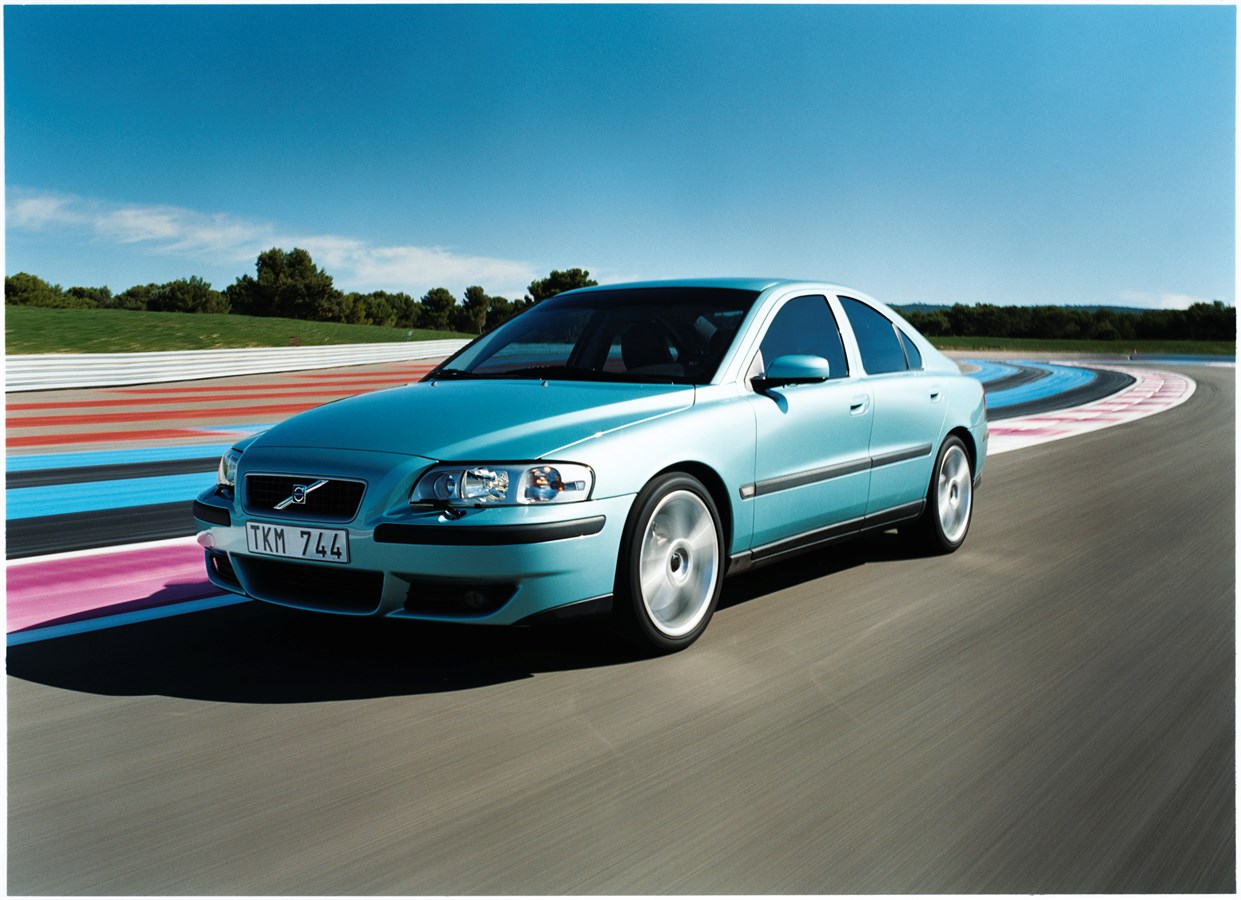
The all-wheel drive systems can also be finicky, specifically the angle gear collars. These can be a pain to replace, so either make sure the AWD is working or take the appropriate amount of money off asking price if not. Otherwise, these cars are good to go with just regular maintenance, and most of it can be DIY’d with an abundance of videos on YouTube or writeups on the forums.
Whichever platform you end up choosing, you really can’t go wrong. These cars are fantastic as daily drivers, and some of the higher performance models (R, T6, Polestar) are quite fun if you like to blast down back roads.
Let us know if you have any questions about modifying your S60, we’ll be sure to steer you in the right direction. Or, if you have any questions or comments about this blog, send us an email!



